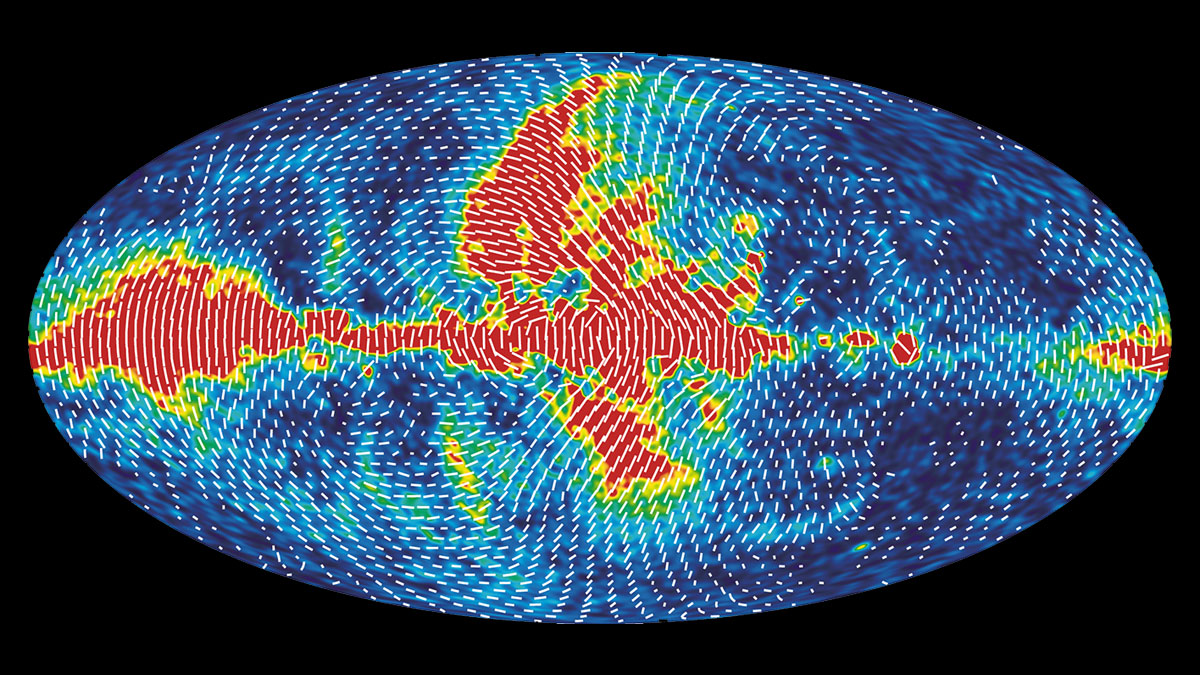we may finally know why the universe is made of matter instead of antimatter

According to the mad titan Thanos, and particle physics, everything in the universe should be perfectly balanced. Unfortunately, that presents a slight problem. Taken literally, this would mean that our universe shouldn’t exist. Maybe it would be there in some form, but certainly not as we recognize it because in the first femtoseconds after the Big Bang, equal amounts of matter and antimatter should’ve annihilated each other with a flood of gamma rays. Just like we think the quantum mesh of space and time produces virtual particle-antiparticle pairs that annihilate each other into non-existence as long as they’re not near a black hole, so would particles of matter and antimatter destroy each other for all time.
Thankfully, that’s not what happens, which is why galaxies, stars, planets, and life exist. But the question is how. Now, we think we may have the answer thanks to the Large Hadron Collider, or as some parts of the internet used to know it, the Doomsday Machine That Will Kill Us All. As we discussed on an episode of the WoWT Podcast, particle colliders are invaluable tools in helping us understand how the universe works by smashing ions into each other, then seeing what falls out of them and what happens to those remnants because there’s really no other way to look inside atoms. It’s basically like crashing different kinds of cars together, seeing steering wheels, seats, and engines go flying, and using that to learn how cars are built.
Just as you could examine an engine and learn that it makes the car run after enough crashes and experiments with the parts you collect, you can look at subatomic debris and figure out how particles combine to form stable configurations, telling you in what states and permutations of matter can exist and for how long. As it so turns out, a building block of matter called a meson and made a quark and an antiquark, can turn into its antimatter twin but not as often as it should since its antiquark is more likely to morph into a quark than the other way around. In physics, this is known as a charge-parity, or CP, violation, an instance where the swap between charges and spins in a cloud of particles skews to one set of charges or spins more than the other.
This asymmetry is a very strong hint that more elementary particle configurations are bound to produce more matter than antimatter, and comes as a bit of a surprise because theorists had never seen CP violations in this type of quark before. Considering that just a bit over 4% of our universe is matter as we know it, even slight asymmetries on cosmic scales can add up to a universe made of matter instead of anti-matter as the two annihilate each other and leave room for the matter surplus to dominate the composition of the cosmos. And while we’ve known for decades that other asymmetries in particle behavior existed, this is probably one of the most important ones in understanding why we’re made of matter and how that happened.





